
A new measurement from an old experiment may have just given us a huge clue to some big unanswered questions in physics.
The Collider Detector at Fermilab (CDF), a particle accelerator experiment that operated until 2011, recently caused a stir by remeasuring the mass of a particle known as the 'W boson'.
Each of the four fundamental forces (the strong force, the weak force, electromagnetism and gravity) has associated particles that 'carry' the force: for example, the photon - a particle of light - is a carrier of the electromagnetic force. The W boson is one of the carriers of the weak force.
It is unusual for an experiment that stopped taking data more than a decade ago to rouse such interest. The reasons are subtle, but compelling. To see why, let's step back and see where our knowledge of the fundamental forces and constituents of matter expressed in the so-called 'Standard Model' - stands at present.
Bu hikaye Very Interesting dergisinin September/October 2022 sayısından alınmıştır.
Start your 7-day Magzter GOLD free trial to access thousands of curated premium stories, and 9,000+ magazines and newspapers.
Already a subscriber ? Giriş Yap
Bu hikaye Very Interesting dergisinin September/October 2022 sayısından alınmıştır.
Start your 7-day Magzter GOLD free trial to access thousands of curated premium stories, and 9,000+ magazines and newspapers.
Already a subscriber? Giriş Yap
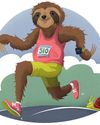
TAKE IT SLOW
Slow running is a fitness trend with some hard and fast science behind it
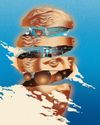
Physics, AI and music share a common thread. You just have to know where to look
Studying science can lead you in many directions and open doors to unexpected possibilities along the way
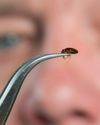
BED BUGS VS THE WORLD
When bloodthirsty bed bugs made headlines for infesting Paris Fashion Week in 2023, it shone a spotlight on a problem that's been making experts itch for decades: the arms race going on between bed bugs and humans
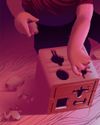
Kids are the key to understanding obesity. But we need more of their genes...
We can unravel the role that bodyweight plays in disease, but we need a bigger, more diverse, sample of genetic material to do so

COVID inquiry: What did we learn and what can we do better in future pandemics?
Masks, social distancing, lockdowns... how effective was the UK's response to the COVID-19 pandemic?
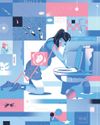
One hormone could be the key that unlocks a cure for morning sickness
The nausea and vomiting that, in extreme cases, can endanger mothers and babies might soon be just a memory
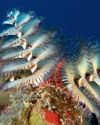
THE WORLD'S WEIRDEST CREATURES
Under the sea and upon the land, some animals look - to us - pretty strange...
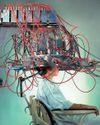
WHEN MIND AND MACHINE COLLIDE
First, Elon Musk wanted to make electric cars ubiquitous, then he wanted to make space exploration a private enterprise. Now, with Neuralink, his newest venture, Musk hopes to merge humans and artificial intelligence. Turns out, it might not be such a crazy idea...
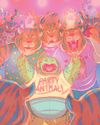
COME OUT OF YOUR SHELL
Social anxiety is more than just being shy. It's a phobia born out of our evolutionary past. But that raises a puzzling question: why do so many of us fear human interaction when we're supposed to be the most sociable species on the planet?

SPACE ODDITIES
Take a tour of the weirdest spots in the universe, where the 'normal' rules don't apply. Places that squeeze time, blow bubbles and even rain glass... sideways